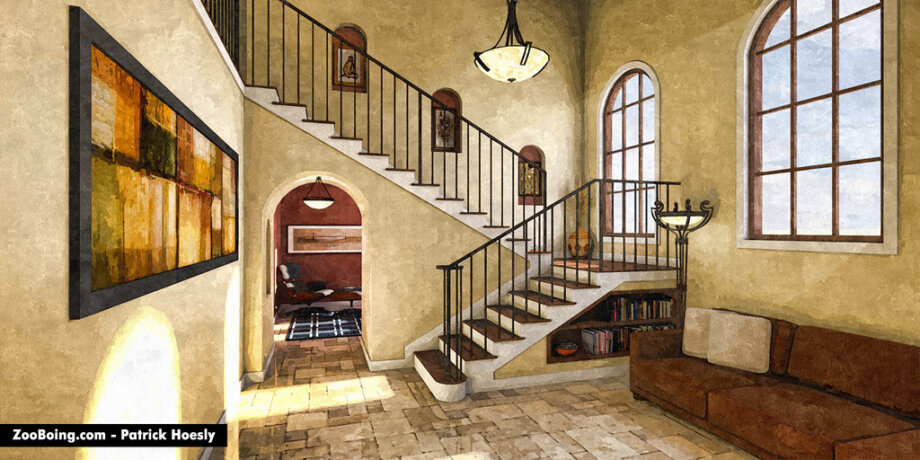Introduction to Interior Color Schemes
Choosing the right interior color schemes is an essential aspect of home décor. The harmony of colors creates an appealing ambiance that sets the tone of your room, influences your mood, and exhibits your personal style. Whether you’re redecorating a single room or exploring a total home makeover, understanding the role of effective color schemes plays a major role in determining the success of your project.
Understanding Color Theory
Color theory is an essential tool for combining colors, and it’s an art and science that decorators use to create a specific mood or aesthetic. The color wheel, consisting of primary, secondary and tertiary colors, is one of the most basic tools used to comprehend and apply color schemes effectively.
Primary colors, including red, yellow, and blue, are the base of all other colors. When mixed together equally, they form secondary colors—green, orange, and purple. Tertiary colors are created by mixing primary and secondary shades. By understanding these interactions, you can develop combinations that are cohesive and engaging.
Key Interior Color Schemes Explained
There is a myriad of color schemes to consider; however, certain principles have proven to be quite effective in interior design.
Monochromatic
Monochromatic color schemes involve using different tints, shades, and tones within the same hue. This scheme can create a cohesive and elegant look for a room. Although it involves one principal color, the use of various shades and tones prevents monotony.
Analogous
Analogous color schemes utilize colors that are adjacent to each other on the color wheel. This scheme often mimics colors that occur naturally and, as such, creates a comforting and balanced room atmosphere.
Complementary
Complementary color schemes use colors straight across from each other on the color wheel, such as blue and orange, or yellow and violet. This high-contrast color scheme can create a vibrant and energized room atmosphere.
Triadic
In the triadic scheme, three colors that are evenly spaced around the color wheel are used. This combination creates a balanced and harmonious look, but it can be more challenging to execute as it requires a delicate balance of color saturation and value.
Consideration of Room Functionality and Mood
When choosing a color scheme, it’s also crucial to consider the purpose of the room. Different hues and schemes stimulate various emotional responses, so it’s important to align your color choices with the room’s function. For example, vibrant and contrasting colors stimulate energetic conversations and activities, making them suitable for living rooms. On the other hand, monochromatic schemes with gentle colors can foster relaxation, making them a suitable choice for bedrooms.
Transitioning Between Rooms
When choosing the color scheme for your entire home, a seamless transition between rooms is crucial. A consistent and balanced use of colors can make your space look uniform and harmonious. This doesn’t mean every room needs to look identical; rather, using similar color values, intensity, or complimentary shades can create a visually pleasing flow.
Conclusion
In conclusion, the choice of interior color schemes is a potent decorating tool that can transform a room’s ambiance, affect its spatial perception, and create a particular mood. By understanding key principles like color theory and considering other factors such as room functionality, you can make informed choices that bring your interior space to life. Remember, the art of color scheme selection involves balance and harmony, and don’t be afraid to experiment with different combinations. After all, the goal is to create a space that resonates with your personal style and aesthetics.

